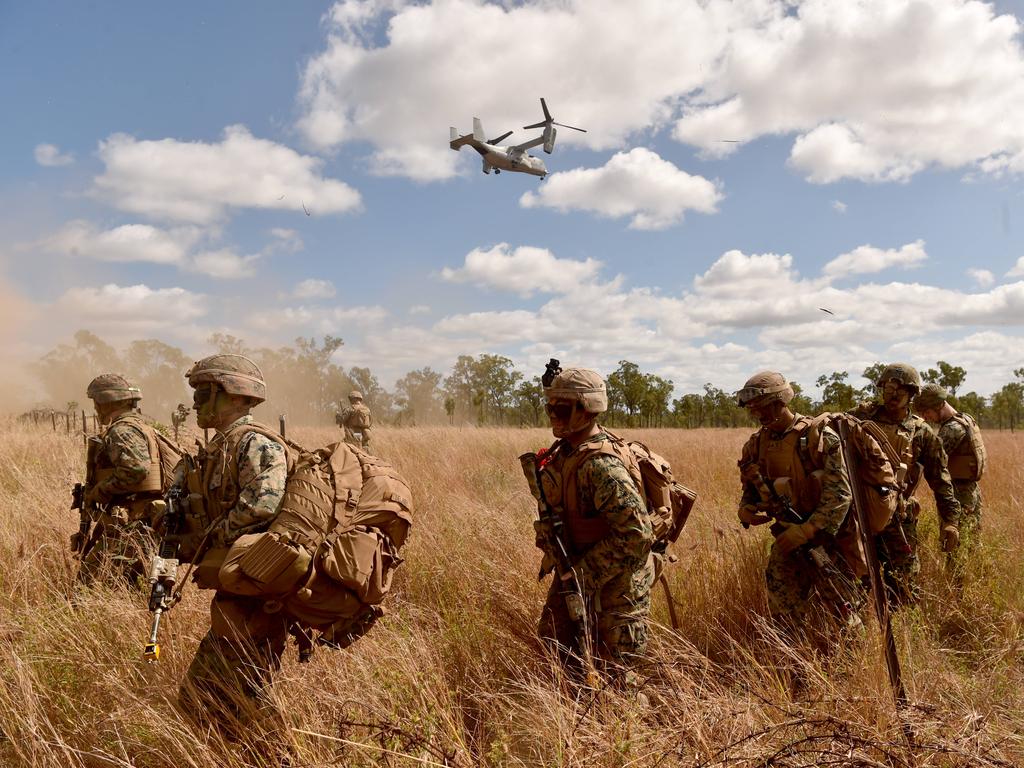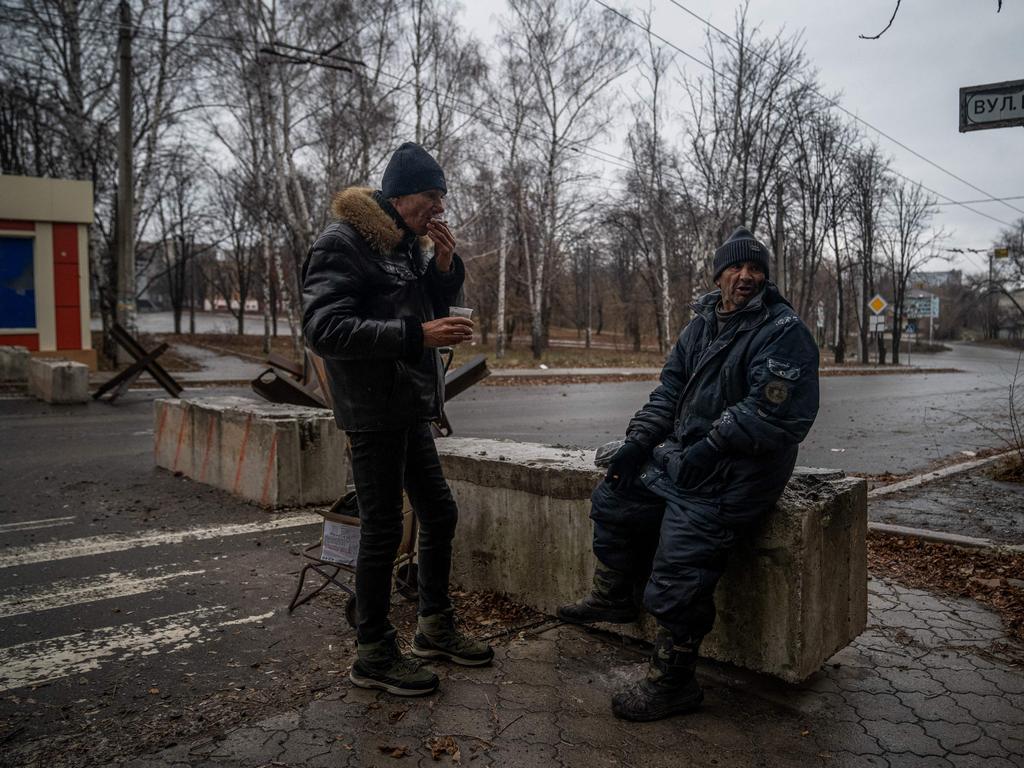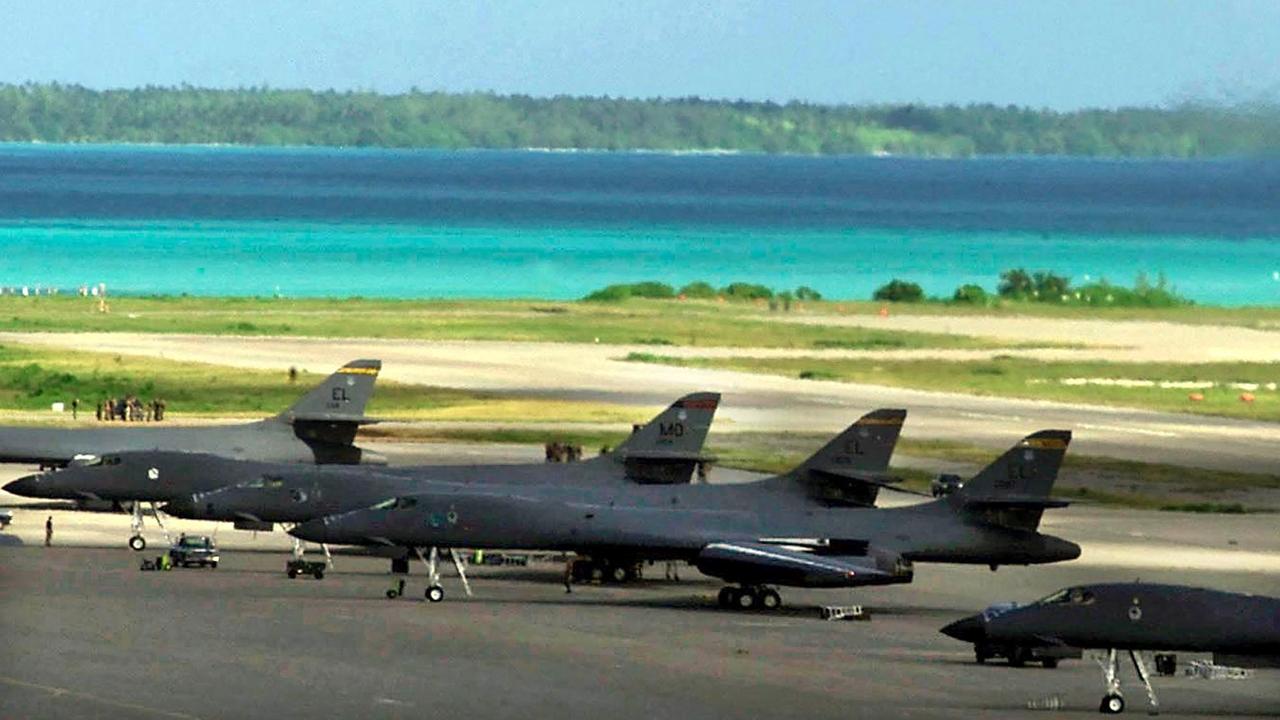US signals support for Ukraine’s use of drones inside Russia
The Pentagon’s tacit endorsement is a significant development in the nine-month war, with Washington more likely to supply Kyiv with longer-range weapons.
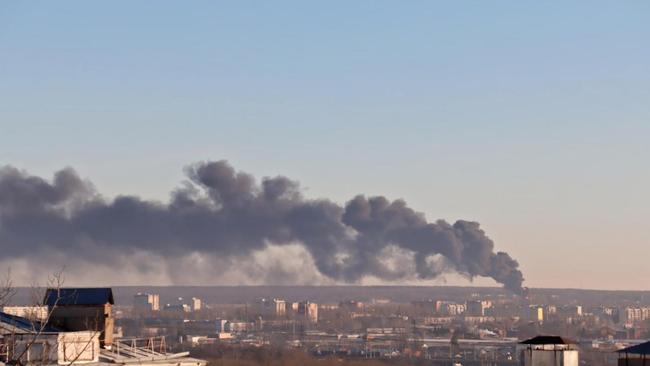
The Pentagon has tacitly endorsed Ukraine’s long-range attacks on targets inside Russia after President Putin’s missile strikes against critical infrastructure in Kyiv.
Since daily assaults on civilians began in October, the Pentagon has revised its threat assessment of the war in Ukraine. Crucially, this includes new judgments about whether arms shipments to Kyiv might lead to a military confrontation between Russia and NATO.
This represents a significant development in the nine-month war between Ukraine and Russia, with Washington more likely to supply Kyiv with longer-range weapons.
“We’re still using the same escalatory calculations but the fear of escalation has changed since the beginning,” a US defence source told The Times.
“It’s different now. This is because the calculus of war has changed as a result of the suffering and brutality the Ukrainians are being subjected to by the Russians.”

Washington is now less concerned that long-range strikes inside Russia could lead to a dramatic escalation. Moscow’s revenge attacks have all involved conventional missile strikes against civilian targets. Previously, the Pentagon was more wary of Ukraine attacking Russia because it feared the Kremlin would retaliate with tactical nuclear weapons or by targeting neighbouring NATO nations.
Publicly, Washington does not want to be seen as giving the green light to Kyiv attacking Russian soil. Its position on Ukraine’s attacks inside Russia was defined this week by secretary of state Antony Blinken who said: “We have neither encouraged nor enabled the Ukrainians to strike inside Russia.”
However, a US defence source said: “We’re not saying to Kyiv, ‘don’t strike the Russians [in Russia or Crimea]’. We can’t tell them what to do. It’s up to them how they use their weapons. But when they use the weapons we have supplied, the only thing we insist on is that the Ukrainian military conform to the international laws of war and to the Geneva conventions.

“They are the only limitations but that includes no targeting of Russian families and no assassinations. As far as we’re concerned, Ukraine has been in compliance.”
Within these limited constraints laid down by the Pentagon, Kyiv is adopting a more aggressive and more persistent offensive against targets inside Russia.
Ukraine has been careful to use its own drones, not US-supplied weapons, to carry out the strikes. The drones, based on Soviet Tupolev TU-141 Strizh surveillance systems developed in the 1970s, have been reprogrammed to give them longer range and a sizeable munition for launching at low altitude.
The modified systems were deployed this week in three raids against military bases 480km inside Russia and on fuel tanks about 130km across the border. In each case they evaded air defences. The drones can fly at 965km/ at low altitude like cruise missiles.
Ukraine and America are playing a careful game over these strikes, which have added a bold ingredient to drone warfare in the nine months since the Russian invasion. The Pentagon refuses to make any public statements about the attacks, while Kyiv has declined to claim responsibility.

If the US decides to supply Ukraine with longer-range weapons capable of striking deeper into Russia, the fear of potential escalation could increase dramatically.
Pentagon officials have made it clear that requests from Kyiv for longer-range US weapons, including rockets and fighter bombers which could be used for even more effective strikes inside Russia or occupied Crimea, are being seriously considered.
“Nothing is off the table,” a senior US defence official said.
Weapons high on Kyiv’s wish list include the army tactical missile system (ATACMS), which has a range of 305km and could be devastatingly effective if used in deep-penetration raids within Russia.
The Pentagon, in discussion with NATO allies, has until now deferred the decision on whether to offer the hardware and defence sources would not be drawn on a report in The Wall Street Journal claiming that the M142 high-mobility artillery rocket system (Himars) that has been operating in Ukraine for several months had been modified to prevent it firing ATACMS.
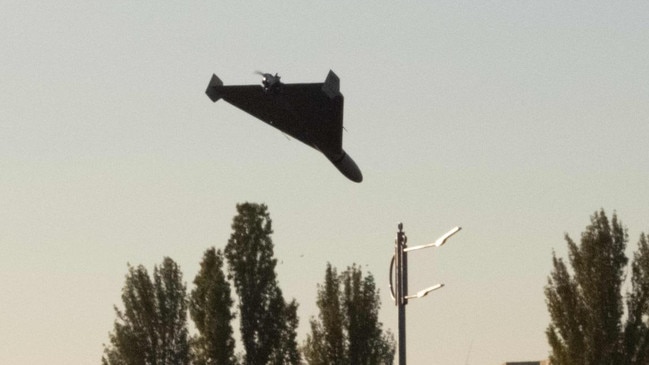
The drone that Ukraine wants more than any other is the American MQ-1C Gray Eagle. It has a range of 400km, is armed with four Hellfire missiles or eight Stinger missiles, can remain airborne for more than 24 hours and is equipped with sophisticated reconnaissance systems.
Eric Edelman, who was a senior policy specialist at the Pentagon and worked with the State Department as ambassador to Finland and Turkey, believes the delay in supplying such weapon systems is no longer sustainable. “The [Biden] administration is excessively self-deterred by the prospect of an alleged escalatory spiral which is largely illusory,” he said. “The best thing for all concerned is for the Ukrainians to be able to win as quickly as possible. Hence it makes sense to give them ATACMS and Gray Eagles and help them to put together a package of main battle tanks as well.”
When the Russian invasion began on February 24, US policy on arming Ukraine was based on two principles: that the American weapons supplied would not be used to attack Russia itself; and the choice of equipment would be conditional on the need to avoid war between NATO and Russia.
The objective was to arm Ukraine to defend itself against an illegal assault on its sovereignty, not for NATO to confront Russia. Those early sensitivities have all but vanished because of Russia’s attacks on civilians and less anxiety about provoking the Kremlin.
“Unlike at the beginning, we are now prepared to give a lot more detail about the shipments,” one US defence source said. For example, the first shipment included man-portable air defence systems (manpads). It was only later that the State Department confirmed they were Stingers.
“We were initially worried about spelling out that we were supplying Stingers because of the scar tissue left from our supply of these weapons to the mujahidin against the Russians in Afghanistan,” the defence source said.
Analysis: drone attacks a ‘psychological blow’ for Putin
Ukraine’s ability to strike at targets deep inside Russia has set nerves jangling in Moscow.
Despite hopes of a swift victory, President Putin will now be seen as the first Kremlin leader since the World War II to have suffered enemy strikes on the motherland.
Three Russian soldiers were killed and two long-range bombers damaged this week by suspected Ukrainian drones, including an attack on the Engels airfield near Saratov, almost 400 miles inside Russia. Explosions also hit military facilities in Ryazan, 193km south of Moscow, and Kursk, 96.5km from the Ukrainian border.
“It has become clear that there are no strategic facilities left in Russia that could be considered absolutely secure,” Alexander Kots, a Russian war correspondent, wrote.

The prospect of waves of Ukrainian drones heading towards bases raised concerns among the Russian military.
“We are not in a position to effectively counter these drones,” an unnamed Russian soldier told the Volya Telegram channel. “In theory, they can even get to Moscow.”
The British Ministry of Defence said the Kremlin would be likely to consider the drone attacks among Russia’s “most strategically significant failures” since the start of the war. The attacks, twinned with setbacks on the battlefield, look certain to further undermine Russian public support for the invasion. Only one in four Russians want their army to continue fighting in Ukraine, according to leaked Kremlin polls. State television has even discussed the prospect of Russia losing the war, warning of “catastrophic” consequences for the country if that happens.
In public, Putin and other Kremlin officials continue to insist that their “special military operation” will be a success. In private, the president and his henchmen are thought to have begun making plans in case they have to flee, under a project codenamed Noah’s ark.
The Times

